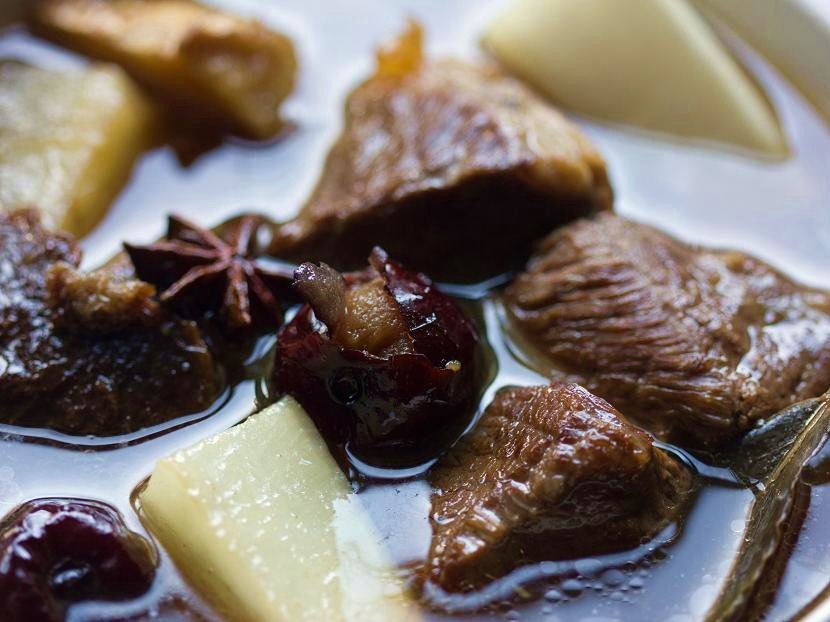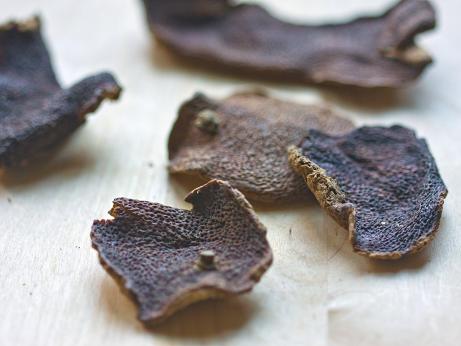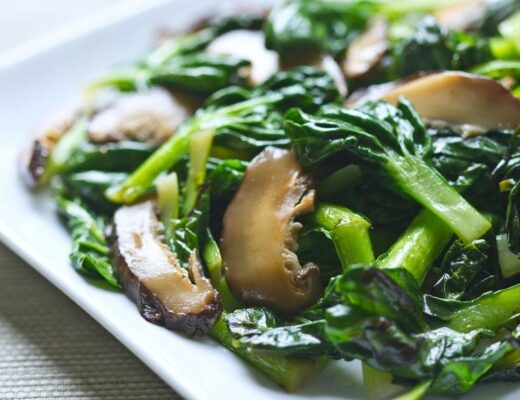Last Updated on September 15, 2020 by Simon Fan
Of all the intriguing lamb stews, three of them stand out as my all-time favorites.
The Moroccan lamb stew is definitely on top of the list. The use of ras el hanout, which includes spices such as cardamom, cinnamon, cumin, turmeric, clove, nutmeg, and ground chili peppers, brings intense aroma to the stew. Preserved lemons and dried dates or prunes also add layers of flavors and complexity to the dish.
I also like navarin d’agneau, the famous French dish. The fragrant and sweet root vegetables, such as turnips and carrots, make the stew irresistible.
Another one I love is this Chinese lamb stew. The process of making this stew is surprisingly similar to the Moroccan and French versions. The main difference lies in the list of ingredients. This dish includes two unique Chinese ingredients:
Chenpi (陈皮)
Literally “aged peel,” chenpi is dried and aged tangerine peel. It’s a unique seasoning ingredient in Chinese cuisine. To be called chenpi, dried peel has to be aged for at least 3 years in order for the complex flavors to develop. It has a distinctive aroma that you won’t get from the fresh or unaged tangerine peel.
Dried jujubes (红枣)
Jujubes, also known as Chinese dates or red dates, are native to China and have been cultivated there for over 3,000 years. When jujubes are dried, they acquire a richer and sweeter flavor, which can add a wonderful fruity note to soups and stews.
You can find chenpi and dried jujubes at Chinatown markets.
Another key ingredient in the stew is white Asian radish, also known as daikon. It has crisp, juicy flesh and a delicate flavor that’s milder than some other radish varieties. In Chinese cooking, they’re often added to braises, stews, and soups, and are cooked until tender and nicely flavored by the cooking liquid.
All these three ingredients impart their unique aromas to the stew and work brilliantly to tame the gaminess of the lamb.
Lamb stew with white Asian radish, jujubes, and tangerine peel
Serves 2
Ingredients
1 tablespoon vegetable oil
1 lb (450 g) lamb shoulder meat, cut into 2-inch (5 cm) cubes
2 scallions, halved crosswise
1-inch (2.5 cm) piece of ginger, sliced
1 tablespoon Shaoxing wine
1 large chenpi (dried tangerine peel)
6 dried jujubes
2 whole star anise
1 bay leaf
¼ teaspoon Zhenjiang (aka Chinkiang) vinegar
Salt and freshly ground white pepper
1 small white Asian radish, about 8 oz (230 g), cut into 1-inch (2.5 cm) cubes
Directions
- Place a wok or skillet over medium-high heat until hot, then swirl in the oil. When the oil starts to shimmer, add the lamb and sear until golden brown on all sides.
- Add the scallions, ginger, and wine, and stir-fry for 20 seconds. Add enough water to fully cover the lamb. Bring the liquid to a boil, then reduce to a gentle simmer. Add the chenpi, jujubes, star anise, bay leaf, and vinegar. Season lightly with salt and pepper.
- Cover and simmer, skimming off surface scum from time to time, until the lamb is tender, about 1 hour.
- Add the radish, and continue to simmer until the radish is tender but not mushy, about 10 minutes. Adjust the seasoning as needed and serve.





